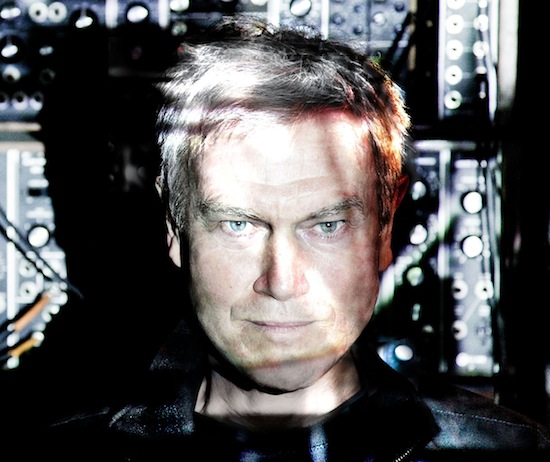Photograph courtesy of Ed Fielding
When I first attempted this list, I ended up with over 40 albums, none of which I could exclude, since they were all pretty seminal. Getting these down to 13 seemed impossible. So it ended up not actually being a list of my favourite albums, it’s more a chronological list of connections between some things that I lived through – or at least alongside. Since it’s chronological, it only goes up to the late 1970s. Best I could do under the circumstances.
What really interested me in making the list was all the interconnections – the cross influences between the artists. Some unexpected, a few may even be unregistered – just as the connection between British psychedelia of the late 60s and German electronic music of the early 70s was little noticed, until recently. Here goes…
John Foxx and the Belbury Circle’s Empty Avenues EP is out now. Listen to excerpts here
Click on his image below to begin scrolling through Foxx’s choices


